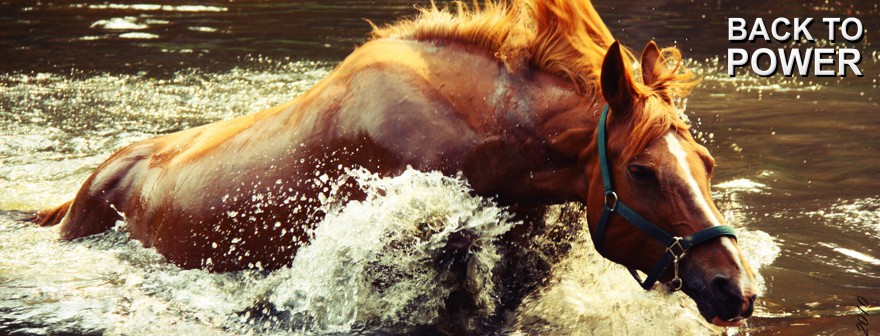
Research of Ulcers
Ulcers are a man-made disease. Stall confinement alone can lead to the development of ulcers. When horses are fed two times per day, the stomach is subjected to a prolonged period without feed to neutralize the acid. Furthermore, high-grain diets produce volatile fatty acids that can contribute to the development of ulcers.
Stress (both environmental and physical) can also increase the likelihood of ulcers. Hauling, mixing groups of horses and training can lead to ulcers. Strenuous exercise can decrease both the emptying function of the stomach and blood flow to the stomach, thus contributing to the problem. The faster you respond to equine stomach ulcers, also called equine gastric ulcer syndrome or EGUS, the greater your chance of reducing the painful and damaging effects of this serious condition.
Finally, chronic administration of non-steroidal anti-inflammatory drugs such as phenylbutazone can decrease the production of the protective mucus layer, making the stomach more susceptible to ulcers.
References
- Murray MJ, Schusser GF, Pipers FS, Gross SJ. Factors associated with gastric lesions in Thoroughbred racehorses. Equine Vet J. 1996;28:368-374.
- Murray MJ, Grodinsky C, Anderson CW, Radue PF, Schmidt GR. Gastric ulcers in horses: a comparison of endoscopic findings in horses with and without clinical signs. Equine Vet J. 1989;7(suppl):68-72.
- Hammond CJ, Mason DK, Watkins KL. Gastric ulceration in mature thoroughbred horses. Equine Vet J. 1986;18:284-287.
- Wilson JH. Gastric and duodenal ulcers in foals: a retrospective study, in Proceedings of the 2nd Equine Colic Research Symposium, 1994, p.126.
- Murray MJ, et al. Prevalence of gastric lesions in foals without signs of gastric disease: an endoscopic survey. Equine Vet J. 1990;22:6-8.
- Murray MJ. Endoscopic appearance of gastric lesions in foals: 94 cases (1987-1988). J Am Vet Med Assoc. 1989;195(8):1135-1141.
- Tremblay R. Gastric disorders and gastric function in newborn foals. Equine Research Centre Newsletter. 1991;5:1-2.
- Murray MJ. Suppression of gastric acidity in horses. J Am Vet Med Assoc. 1997;211:37-40.
- Soll AH. Pathogenesis of peptic ulcer and implications for therapy. N Engl J Med. 1990;322:909-916.
- Murray MJ. Overview of equine gastroduodenal ulceration, in Proceedings of the American Association of Equine Practitioners, 1997, p. 382-387.
- Pagan JD. Gastric ulcers in horses: a widespread but manageable disease. World Equine Vet Rev. 1997;2:28-31.
- Furr MO, Murray MJ. The effects of stress on gastric ulceration and serum T3, T4, reverse T3, and cortisol in neonatal foals. Equine Vet J. 1992;24:37-40.
- Borrow HA. Duodenal perforations and gastric ulcers in foals. Veterinary Record. 1993;132:297-299.
- Traub JL, Gallina AM, Grant BD, Reed SM, Gavin PR, Paulsen LM. Phenylbutazone toxicosis in the foal. Am J Vet Res. 1983;44:1410-1418.
- Murray MJ. Disorders of the stomach. In: Smith BP, ed. Large Animal Internal Medicine. St. Louis: LV Mosby, 1990;648-653.
